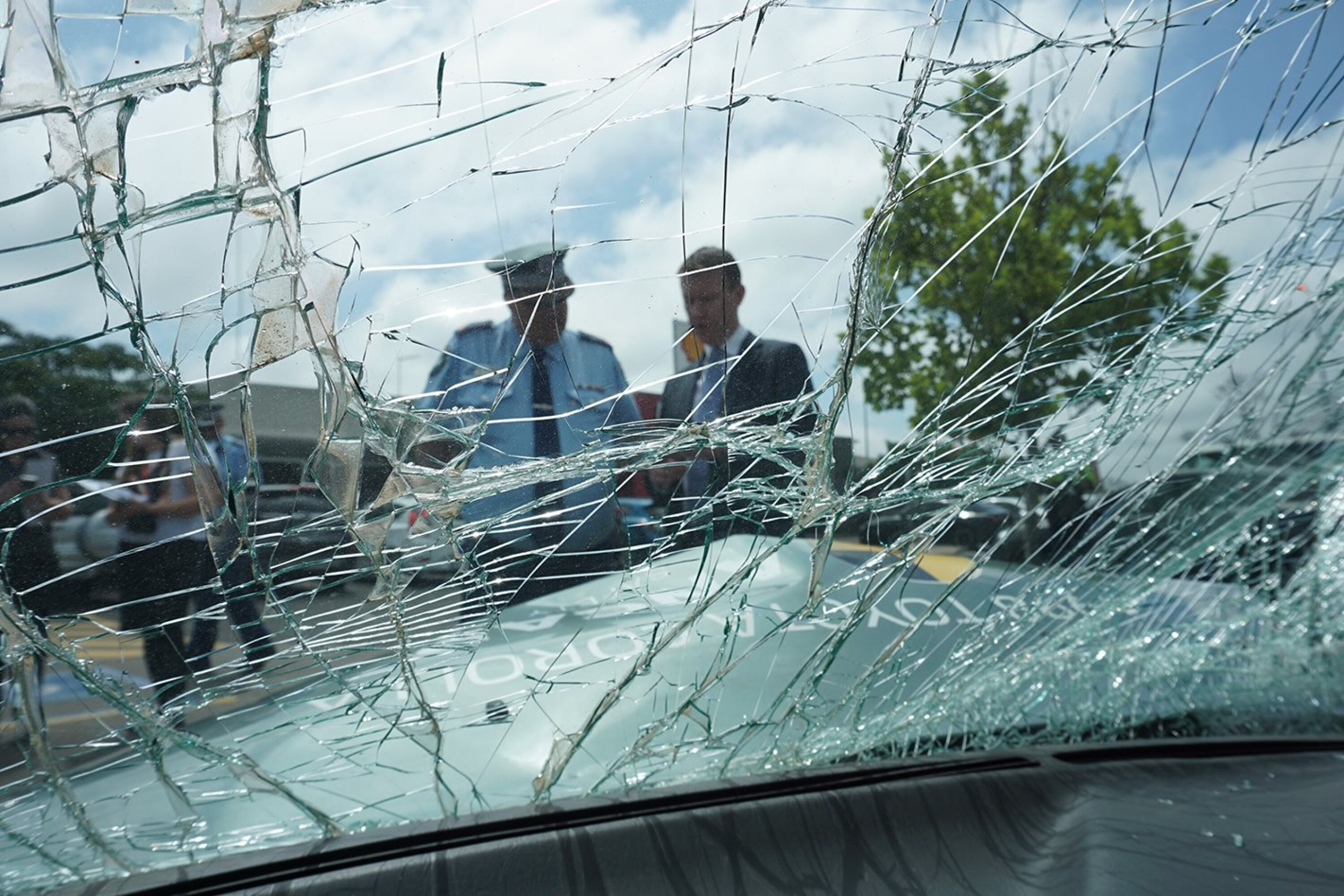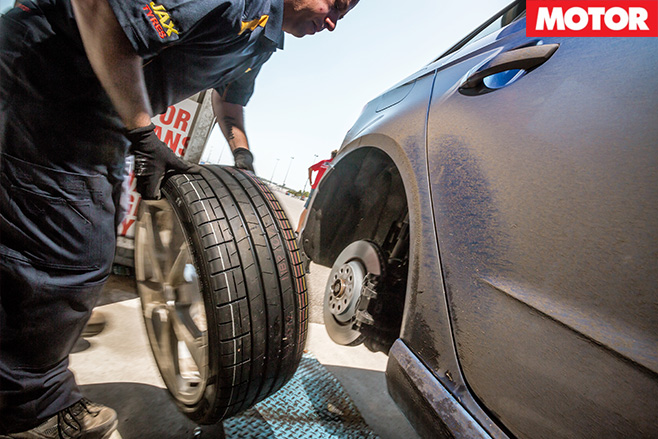Another year has rolled around and the one it leaves behind is a blur of staggering figures.
But among the smashed records and surpassed milestones in sales, performance and technology is one automotive number that always makes for sad reading.
In 2023, 1266 Australians were killed on our roads. That’s up 7.3 percent compared with 2022 and, even when our booming population is factored in, that’s still an increase of 4.8 percent.
I don’t like dwelling on the dark side of driving as it’s not just work for me but also one of my greatest passions. However, we owe it to those lost on the roads and their shattered families to consider that number, use it to drive change and make something better because, at the moment, it is used as a tool to maintain a broken system.
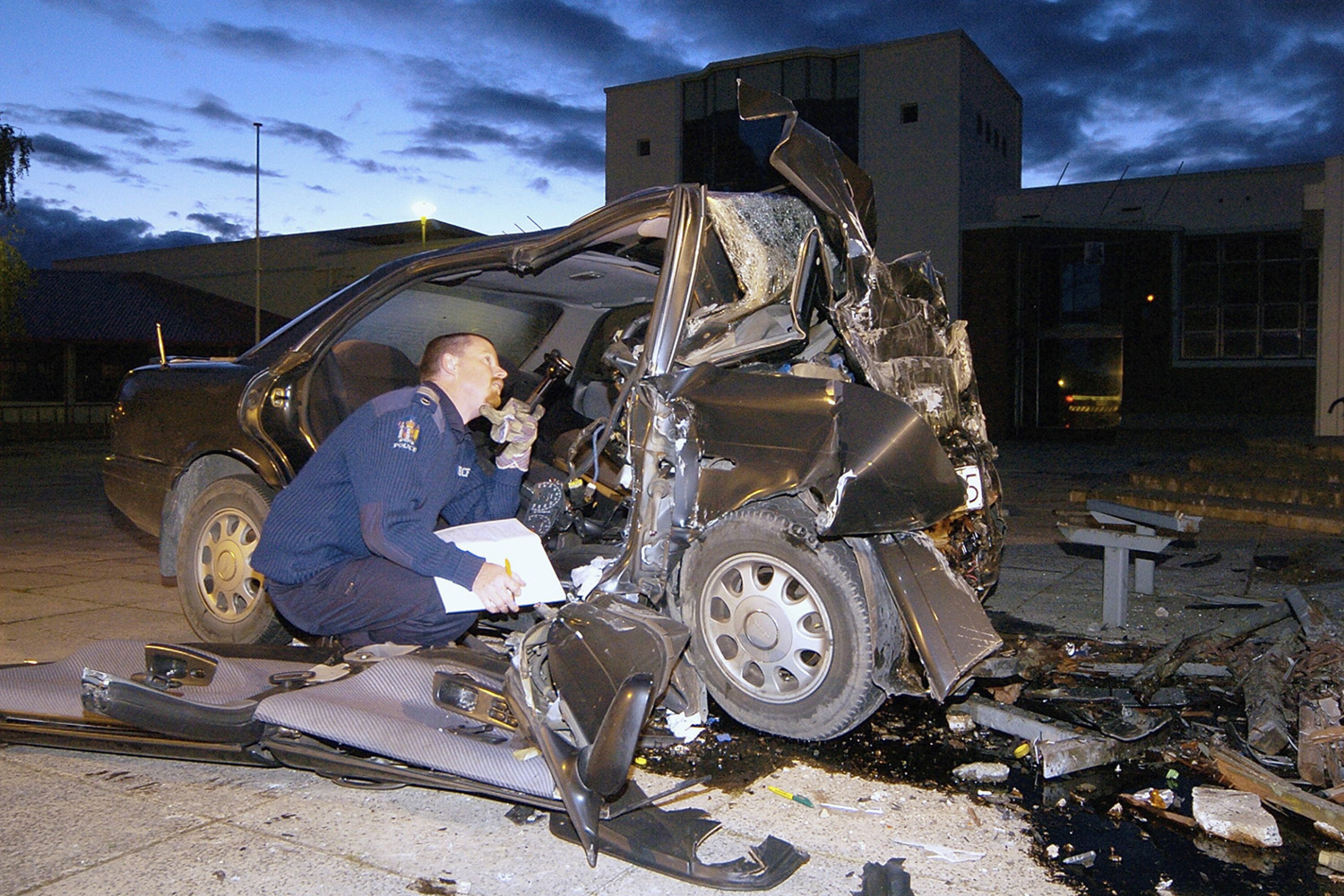
The annual road toll figure is frequently referred to as evidence to justify reducing speed limits further and increasing fines – but, as is often said, the definition of insanity is doing the same thing over and over again but expect different results.
Speed limits continue to head south while the fines go north, and yet the road toll continues to rise along with the number of drivers getting nicked by more speed cameras.

In other words, merely knowing it’s highly likely they’ll be caught and punished for breaking the law is not preventing drivers from breaking the law.
And using an ever increasing number to support the existing strategy is simply madness, because it proves the strategy is not working. But what to replace the current ineffective approach with?
Extensive research and results-based solutions by other nations have proven to be more effective than the Australian strategy. Alternatives are a (much longer) story for another day, but examples include Oslo and Helsinki which, by simply separating cars and people, managed to reduce pedestrian deaths to zero.

Imagine if in zoos, rather than keeping animals in enclosures, we allowed gorillas and mountain lions to wander around with the visitors and every time one decided to remove a child’s head, the keepers docked it a few meals. That’s our current system for preventing road toll.
Then there’s Switzerland and Sweden, which manage the lowest traffic-related deaths in the world per capita (non-principality countries) thanks to among the highest standards of driver education. In this case, the gorillas aren’t in the zoo at all. They’re in the wild and have been taught by their parents that humans are bad news and best avoided.
On one hand, you have a system that empowers drivers to make good decisions on the road through effective training and education, while the other uses clever infrastructure to render fatalities physically impossible. If Australia is ever going to reverse its grim road toll trend it needs a combination of both.
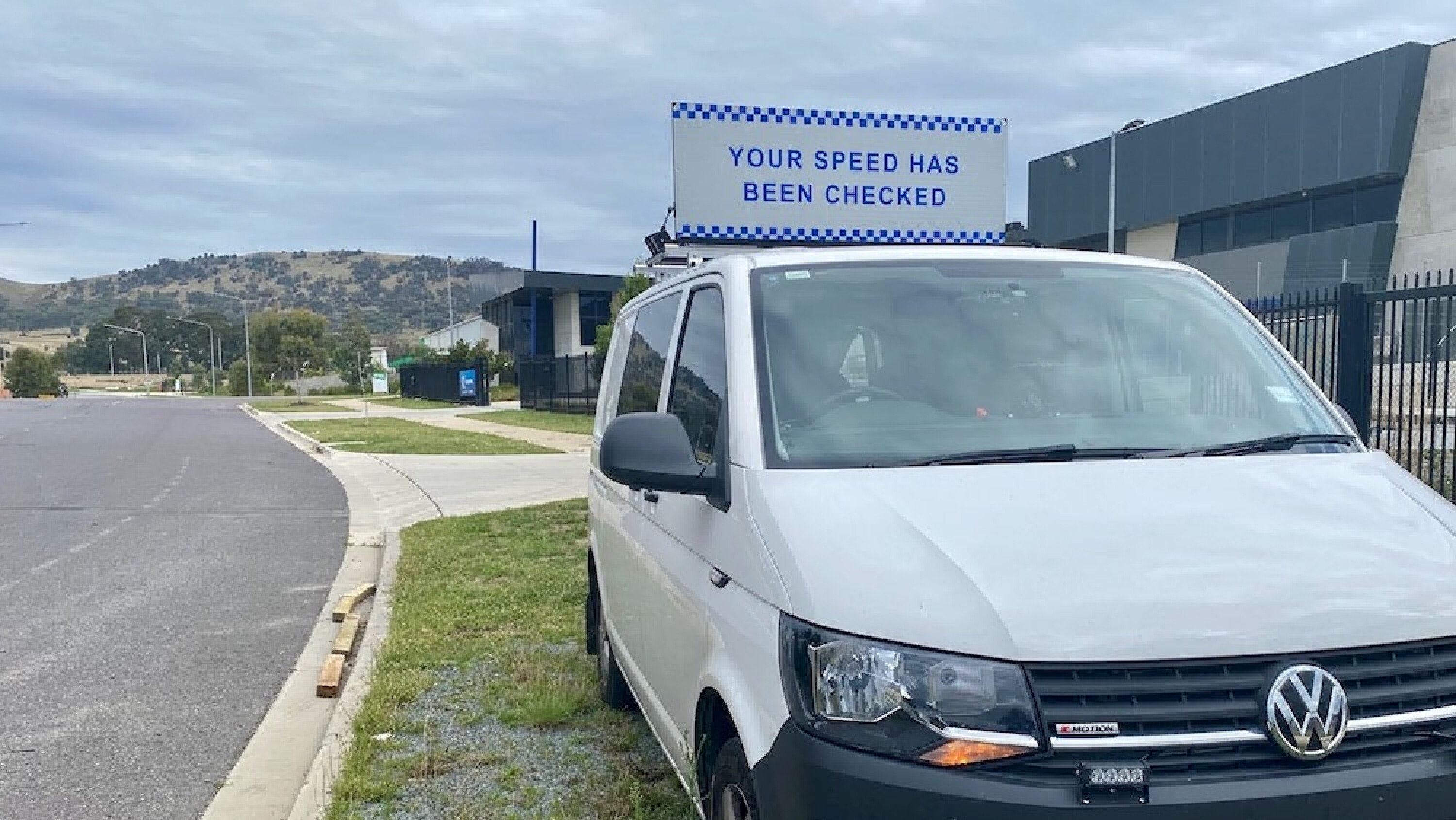
What’s clear for now, though, is that it’s time for Australia to abandon an outdated and embarrassingly basic punishment-based strategy for attempting to improve road safety, and focus instead on one that will build a nation of safer drivers, not scared drivers.
How to improve safety on our roads is not a mystery. The real problem is how to replace the lucrative and irresistible source of cash provided by stupid and dangerous drivers who choose to break the law and get caught. Proper driver education and smarter infrastructure is not only expensive, its effect will also wipe out many millions of dollars in fines.
Which is why, sadly, it won’t happen and you can expect the 2024 toll to rise once again.
We recommend
-
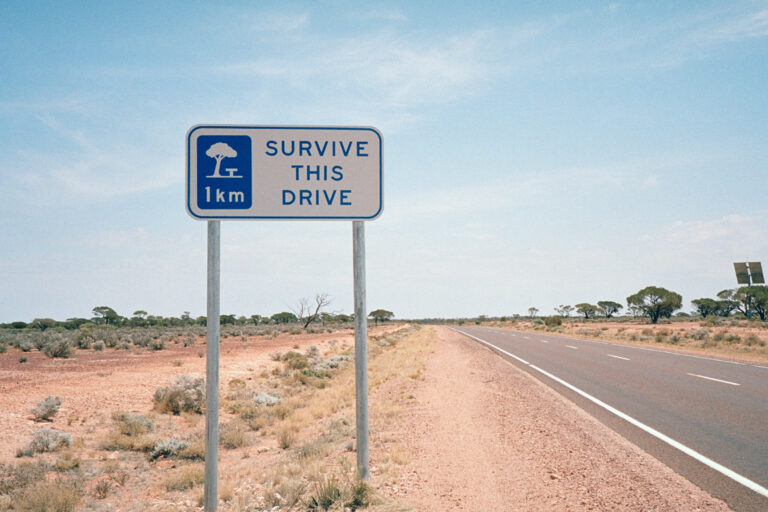 Opinion
OpinionAustralia’s road toll is soaring. How can we make our roads safer?
Controversial licensing changes, rewards for good behaviour, better training, more speed cameras? Something needs to be done
-
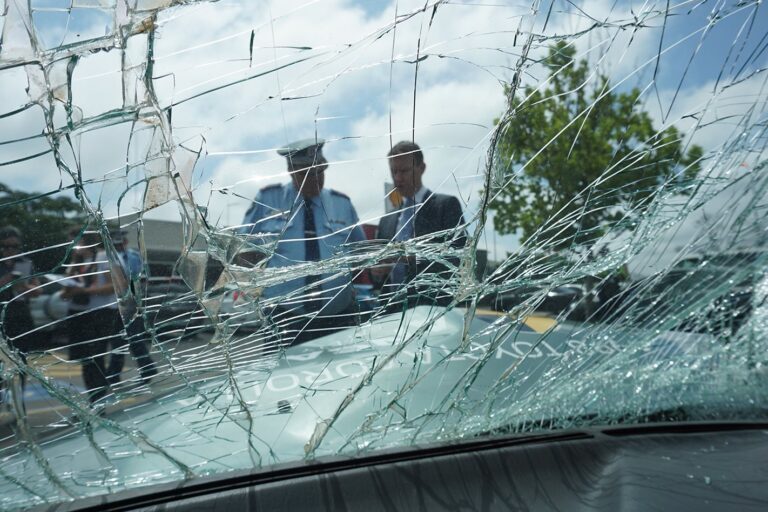 News
NewsGovernment action needed as road toll rises again, says AAA
The motoring body representing the state and territory-based clubs has called for urgent safety improvements for Australian roads to help curb the road toll
-
 Opinion
OpinionDo speeding fines work?
Stephen Corby tells us what he really thinks about speeding fines.


